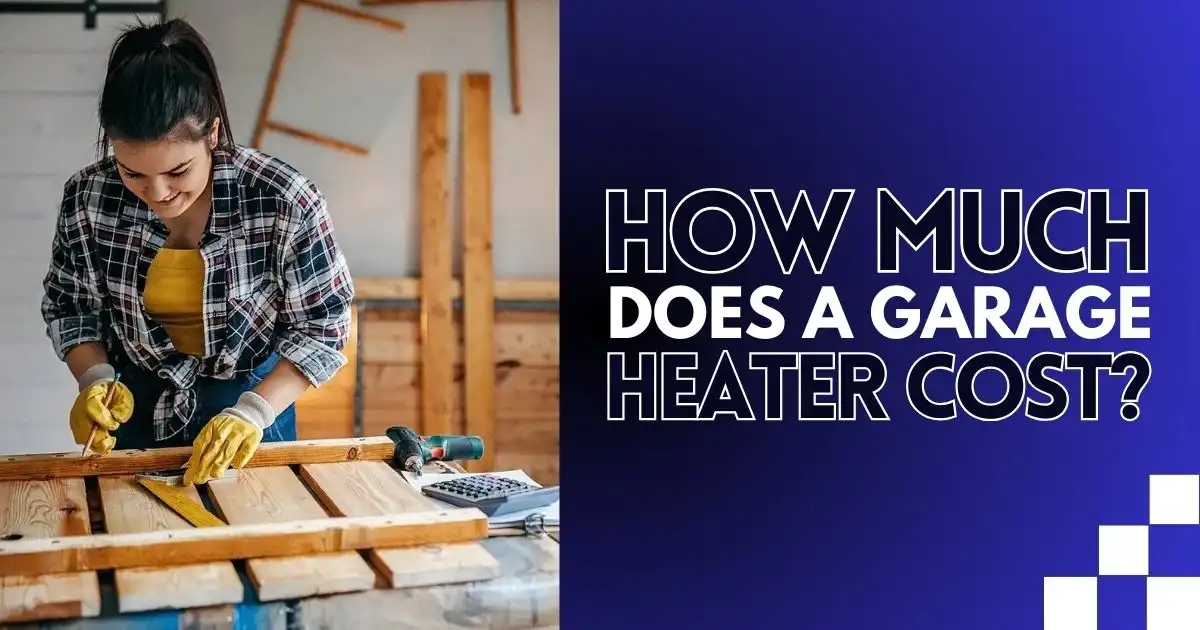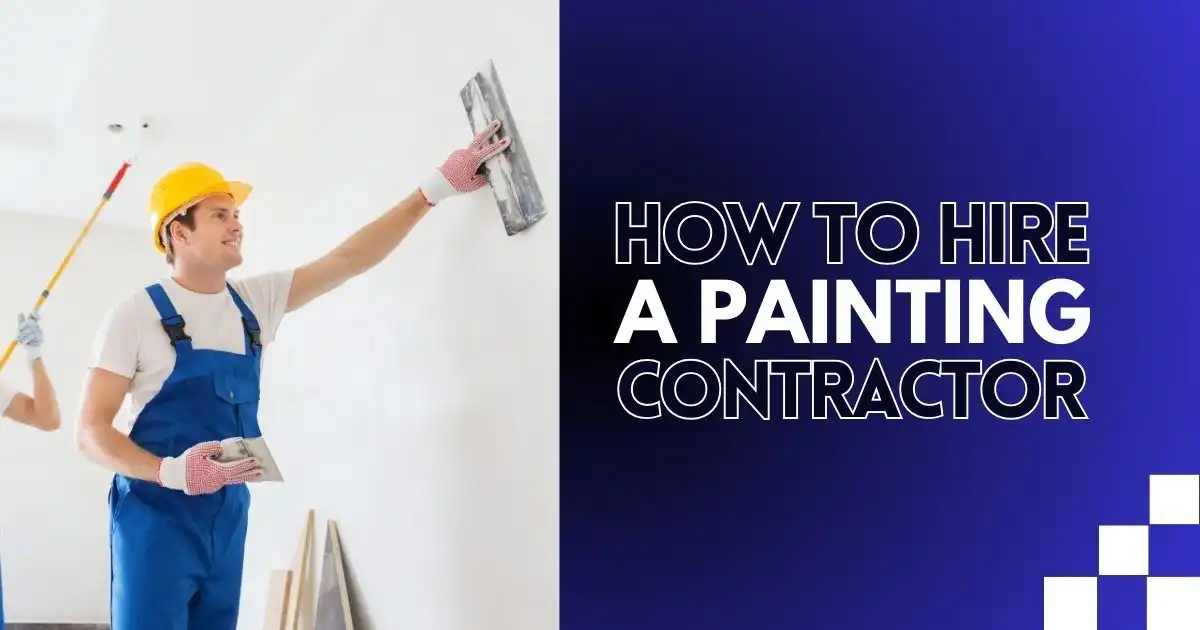You come home after a long day, hoping to relax, but something feels off. That musty smell in the hallway hasn’t gone away, your allergies seem worse indoors, and the bathroom walls feel damp no matter how often you clean. Maybe you’ve shrugged it off, thinking it’s nothing serious—but deep down, you worry.
Mold thrives in hidden places, creeping behind walls and under floors, silently affecting your home and health. The longer it lurks, the worse the damage becomes. Ignoring the signs won’t make them disappear—but catching them early with a mold inspection might just save you from a costly nightmare.
What is a Mold?
Mold is a type of fungus that grows in damp areas, and even though Las Vegas has a hot, dry climate, indoor moisture from leaks, poor ventilation, or high humidity can still lead to mold problems.
Studies show that about 70% of homes contain some level of mold, and at least 45 million buildings in the U.S. have unhealthy amounts. The health risks are serious—93% of chronic sinus infections are linked to mold, and 21% of asthma cases are tied to mold and damp conditions. That’s why home mold inspection is a must for keeping your living space safe.
What are the Common Signs to Watch For?
Identifying mold early can help prevent serious damage and health concerns. These are the key warning signs to watch for in your home:

1. Visible Mold Growth
Mold often looks like black, green, gray, or pink spots in damp areas. If you notice dark spots on your bathroom ceiling that won’t come off with cleaning, mold could be the culprit. What you see is often just the beginning—there’s likely more hidden behind walls or under floors. A mold home inspection can confirm its presence.
2. Persistent Musty Odors
Even if you can’t see mold, a lingering musty or stale smell could mean it’s growing behind walls or under floors. Mold releases volatile organic compounds (VOCs), which create these odors, especially in damp, poorly ventilated spaces.
You might mistake the smell for pet odors or old furniture, but if it doesn’t go away after cleaning, mold could be the cause. Inspecting for mold when you notice these smells can help identify hidden growth.
3. Recent Water Damage
Even if a leak seems minor or a flood happened months ago, mold could still be growing in hidden places. Water damage from burst pipes, roof leaks, or even small spills that weren’t fully dried can create the perfect conditions for mold.
If you’ve had any moisture issues, drying out the area with fans and dehumidifiers helps, but a professional house inspection for mold ensures lingering moisture hasn’t turned into a bigger problem.

4. High Indoor Humidity
If you notice condensation on windows or your home feels damp, humidity levels might be too high—creating an ideal environment for mold. Bathrooms, basements, and laundry areas are especially at risk.
Running a dehumidifier can help keep indoor humidity between 30% and 50%, which you can measure with a hygrometer. Showers, cooking, and drying clothes indoors can add to the moisture, so using exhaust fans and improving ventilation can help. A mold inspection and testing service can assess moisture levels and mold risks.
5. Unexplained Health Issues
Frequent allergies, headaches, fatigue, or breathing issues could be linked to mold—especially if symptoms improve when you’re away from home and return when you’re inside. How do you detect mold in your house? Pay attention to these symptoms and get a professional home mold testing service to investigate further.
Common symptoms include sneezing, a runny nose, itchy skin, coughing, wheezing, and shortness of breath. Tracking symptoms can help reveal patterns, and seeing a doctor is a smart step. Studies show mold is linked to 96% of chronic sinus infections, according to a Mayo Clinic study analyzing mucus samples from 210 patients. Additionally, research also suggests that mold exposure contributes to 21% of asthma cases.
6. Peeling or Bubbling Paint
If you notice paint peeling or bubbling, moisture could be trapped behind the walls—creating the perfect conditions for mold. This happens when water weakens the paint’s adhesion. If you tap the wall and it sounds hollow or feels soft, there’s a good chance moisture or mold is behind it. Mold testing for house might be necessary to check for hidden growth.
7. Rotting Wood or Soft Surfaces
If wooden floors, walls, or furniture feel soft, crumble easily, or smell musty, mold or fungus may be damaging them. Press a screwdriver or knife into the wood—if it sinks in easily, moisture has weakened it. How to detect mold in home includes checking for soft wood and inspecting any suspicious areas.
Ignoring these signs can lead to serious damage and costly repairs. Weak wood can collapse, and mold exposure can cause health problems like allergies and breathing issues. A mold home inspection can catch the problem early and protect your home and health.
Why Professional Mold Inspection Matters?

Mold can grow in hidden places and cause health problems or damage your home. A professional mold inspection and testing helps find and remove mold before it becomes a bigger issue. Here’s why it’s important:
- Correct Identification: Not all molds are the same. Some are harmless, while others spread fast or cause serious health issues. Experts test mold samples to find out what type is in your home and how much of it is present. This helps in choosing the best way to remove it safely.
- Health Protection: Mold can trigger allergies, breathing problems, skin irritation, and more severe issues for people with asthma or weak immune systems. Some molds, like black mold, release toxins that can be dangerous. Knowing the mold type helps experts assess the risk and recommend the right steps to keep your family safe.
- Cost Savings: Small mold problems can grow fast if left untreated, leading to expensive damage. Mold can weaken walls, ceilings, and floors, causing costly repairs. Finding mold early helps prevent these issues, saving you money on home repairs and medical bills.
- Property Value: A home with mold problems is harder to sell and can lose 20-37% of its value. Buyers may hesitate to purchase a home with a history of mold. A professional inspection and proper mold removal help protect your home’s market value, making it easier to sell in the future.
Mold isn’t just an eyesore—it can affect your health, your home, and your wallet. A professional mold inspection helps catch problems early, keeps your family safe, and protects your home’s value. If you suspect mold in your home, getting it checked by an expert is a smart decision.
Fast Action, Lasting Protection
Mold problems don’t go away on their own. What starts as a small, musty odor can turn into major damage to your home and serious health issues for your family. The longer you wait, the harder—and more expensive—it becomes to fix.
If you’ve noticed any of the warning signs, don’t brush them off. A mold inspection can give you peace of mind and protect your home before things get worse. Vegas Plumbing Pros is here to help with expert mold inspections and reliable solutions. Our team can quickly identify the problem and recommend the best course of action. Contact us today and protect what matters most.
FAQs
When should you do a mold inspection?
Checking for mold is important after water damage, when buying a home, or in vacant properties with poor ventilation. Hidden moisture can lead to mold growth, even after professional removal. Regular inspections help catch issues early, and if you spot mold—even a little—there may be more hidden.
Is mold common in La Vegas?
Even with East Las Vegas’s dry climate, mold can still be a problem. Several factors can lead to its growth, including sudden increases in humidity. Moisture from rain, plumbing leaks, or high indoor humidity creates the perfect conditions for mold to spread.
How do you know for sure if you have mold?
A musty smell is often the first sign of mold. It can grow anywhere with enough moisture or a water issue. The best way to find mold is to check for visible growth, water stains, or warped surfaces. If you notice a strong odor, follow it to locate the source.
What are the two types of mold inspections?
A basic visual inspection is the first step in confirming mold, but it may not always be enough. If mold isn’t visible, testing methods like swabs, tape lifts, bulk samples, and air sampling can provide scientific confirmation. In some cases, a more detailed inspection may be needed to check hidden areas.



